In this article, we will discuss the different types of welding rods that are commonly used in various welding processes. Welding rods, also known as welding electrodes, are essential components in the welding industry as they provide the filler material needed to create strong and durable welds. Understanding the different types of welding rods available and their specific uses can help welders choose the most suitable option for their projects. Whether you are a beginner looking to learn more about welding rods or a seasoned professional seeking to expand your knowledge, this article will provide valuable insights into the world of welding materials.
What Do You Mean By Welding Electrodes?
Welding electrodes are small pieces of metal that conduct electricity and produce an electric arc for welding purposes. These electrodes serve as a consumable material in the welding process, as they melt and form filler material that joins two pieces of metal together.
There are different types of welding electrodes available, each designed for specific welding processes and materials. Some common types include coated electrodes, which have a flux coating that protects the weld from contaminants, and non-consumable electrodes, such as tungsten electrodes used in TIG welding.
Choosing the right welding electrode is crucial for achieving a strong and high-quality weld. Factors such as the type of metal being welded, the welding method being used, and the desired welding outcome should be considered when selecting the appropriate electrode for the job.
Types Of Welding Rods
When it comes to welding, choosing the right welding rod is crucial to achieving a strong and durable weld. There are several different types of welding rods, each with its own unique properties and intended uses. The most common types of welding rods include:
- 1. Stick electrodes: Also known as welding rods, these are the most commonly used type of welding rod. They are easy to use and are suitable for a wide range of welding applications, from light gauge sheets to heavy plates.
- 2. TIG rods: Tungsten Inert Gas (TIG) rods are used in TIG welding, a precise and clean welding process that produces high-quality welds. TIG rods come in a variety of materials, including stainless steel, aluminum, and mild steel.
- 3. MIG wires: Metal Inert Gas (MIG) welding uses a spool of wire as the electrode. MIG wires come in various materials and diameters, making them versatile for different welding applications.
- 4. Flux-cored wires: Flux-cored wires are similar to MIG wires but have a flux core that creates a shielding gas when heated. They are ideal for welding in windy or outdoor conditions.
- 5. Submerged arc welding wires: Submerged arc welding is a high-productivity welding process that uses a granulated flux and a continuous wire electrode. Submerged arc welding wires are designed for this specific process and provide deep, high-quality welds.
Choosing the right type of welding rod depends on factors such as the material being welded, the welding process used, and the desired weld characteristics. Consult with a welding professional or supplier to determine the best welding rod for your specific welding project.
Understanding The Classification
When it comes to welding, understanding the classification of welding rods is crucial for achieving successful welds. Welding rods are categorized based on their material composition, tensile strength, and welding position compatibility. The American Welding Society (AWS) has established a system for classifying welding rods to ensure uniformity and quality in the welding industry.
There are several factors to consider when selecting welding rods, including the type of metal being welded, the welding process, and the desired characteristics of the finished weld. By familiarizing yourself with the classification system for welding rods, you can ensure that you are using the appropriate rod for the job and produce high-quality welds that meet industry standards.
Considerations When Choosing a Welding Rod
When choosing a welding rod for your project, it is crucial to consider several key factors to ensure a successful weld. Firstly, you need to take into account the type of metal you are working with, as different welding rods are specifically designed for various metal types. The welding rod must be compatible with the metal you are welding to ensure a strong and durable bond.
Another important consideration is the diameter of the welding rod. The diameter can affect the welding speed, penetration, and overall quality of the weld, so it is essential to select the appropriate size for your project.
Additionally, you should consider the welding technique you will be using, as different welding rods are designed for various welding methods such as stick welding, MIG welding, or TIG welding. Choosing the right welding rod for your specific technique will result in a more precise and efficient weld.
Finally, be sure to consider the specific requirements of your project, such as the desired strength and appearance of the weld, as well as any environmental conditions that may affect the welding process. By carefully considering these factors when choosing a welding rod, you can ensure a successful and high-quality weld for your project.

